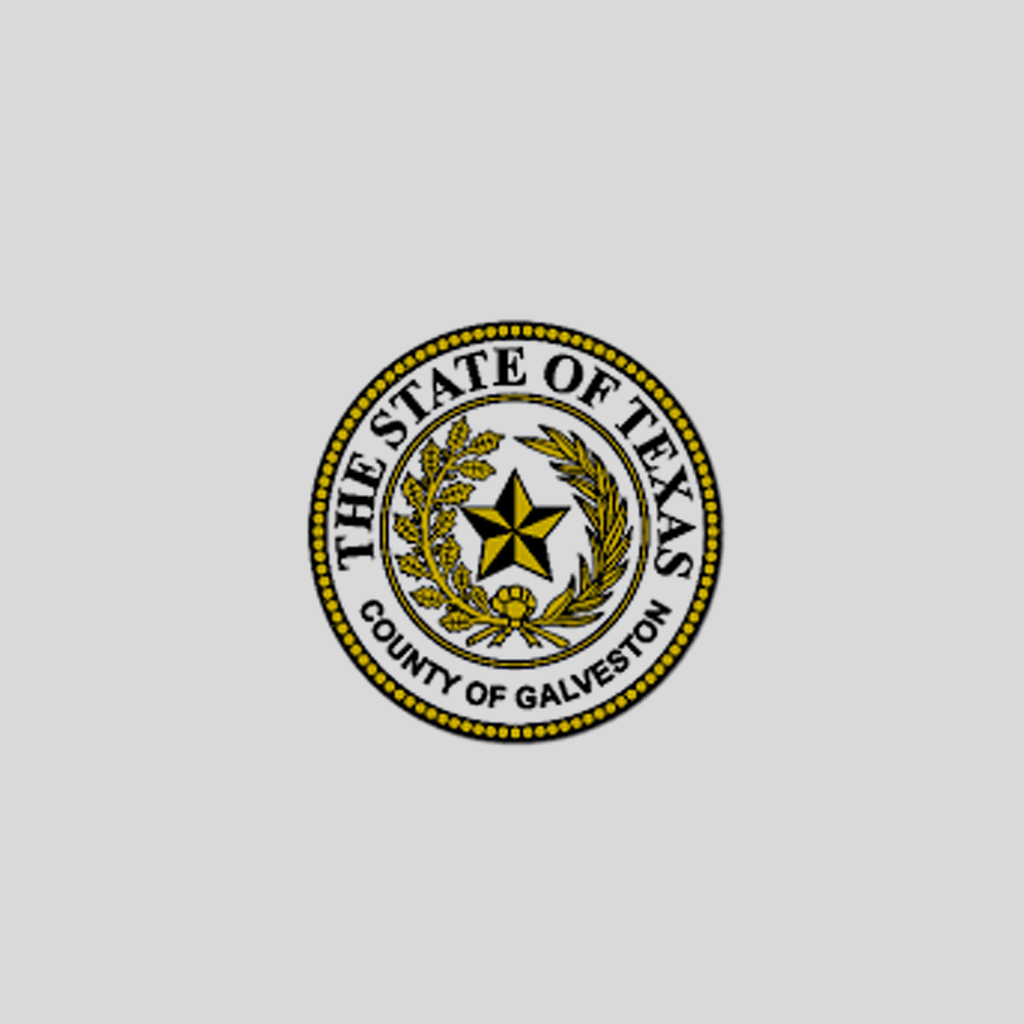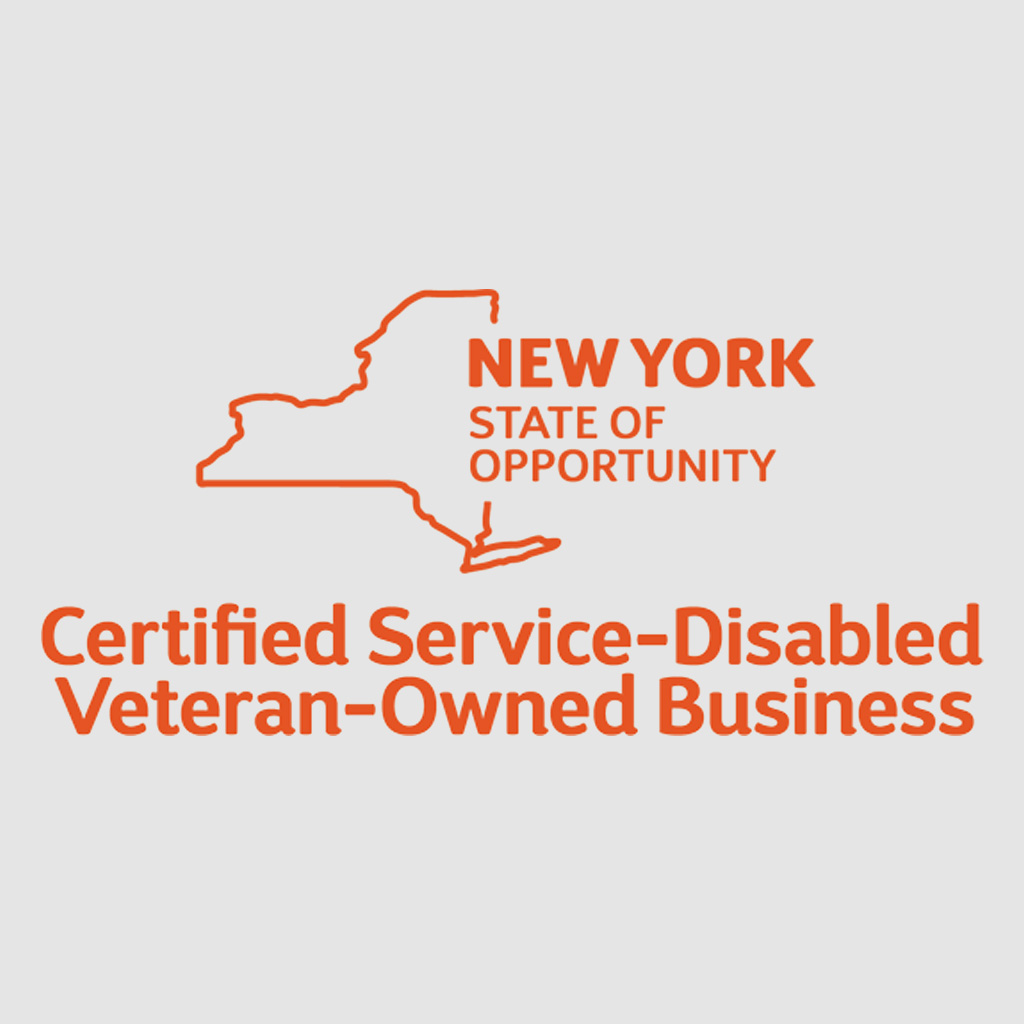“You cannot escape the responsibility of tomorrow by evading it today.”
– Abraham Lincoln
ISO 31000:2018: A Comprehensive Framework for Risk Management Oversight
The ISO 31000:2018 standard provides essential guidelines for managing risks across organizations. It defines a universal approach applicable to all industries, offering a structured yet flexible risk management framework. This essay delves into the ISO 31000:2018 standard, focusing on the development of an effective risk management framework and the process for implementing risk oversight.
Framework for Risk Management
The framework outlined in ISO 31000:2018 is designed to integrate risk management into all areas of an organization. A well-structured framework helps ensure that risks are managed comprehensively, fostering better decision-making and promoting accountability. The framework includes leadership and commitment, integration, design, implementation, evaluation, and continual improvement.
1. Leadership and Commitment
Top management plays a pivotal role in the success of risk management. The standard emphasizes that leadership must be actively engaged in embedding risk management within the organizational culture and decision-making processes. This involves:
- Customizing the framework to meet the organization’s needs.
- Issuing policies that articulate the organization’s approach to risk management.
- Allocating resources to ensure effective risk management.
- Assigning authority and ensuring that accountability for risk management is established at all levels.
By aligning risk management with organizational strategy and culture, leadership creates an environment where risks are systematically addressed. However, achieving alignment requires strong commitment and may encounter challenges in organizations where risk management is not a traditional focus.
2. Integration into Organizational Structure
Risk management should be an integral part of every organizational activity. The standard stresses that managing risk is not the responsibility of a single department but should involve all stakeholders and be embedded across all processes. This integration enables consistent oversight of risks across various functions, departments, and levels.
Integrating risk management into daily operations fosters a comprehensive understanding of risks. However, this integration can be complex, particularly in large organizations with diverse teams and activities.
3. Framework Design: Understanding Context and Setting Commitments
Designing a risk management framework involves understanding both the internal and external contexts in which an organization operates. This includes assessing external factors like regulatory environments, political, legal, and economic contexts, as well as internal factors such as organizational culture, governance, and resources.
A key part of the framework design is the articulation of a clear commitment to risk management. This involves establishing policies, identifying roles, and allocating the necessary resources. An effective design should be flexible enough to adapt to changes in both internal and external contexts.
By tailoring the framework to these contexts, organizations can create a robust foundation for risk management. However, the complexity of external environments, including rapid changes in technology and regulations, can pose significant challenges in accurately designing an effective framework.
4. Communication and Consultation
Effective communication and consultation are essential for the success of any risk management framework. Communication ensures that relevant information about risks is shared with key stakeholders, while consultation fosters engagement and provides opportunities for feedback.
Involving stakeholders at every stage of the process allows for diverse perspectives to be considered, thereby enhancing the quality of decision-making. However, achieving effective communication can be challenging, particularly in large or global organizations where information flow may be hindered by hierarchical structures or logistical barriers.
5. Evaluation and Continuous Improvement
Risk management frameworks must be continually evaluated to ensure they remain relevant and effective. The organization should measure its performance against key objectives, assess any gaps, and make adjustments as necessary.
Continuous improvement involves regularly updating the risk management framework to reflect new information, changes in the organization, or shifts in the external environment. While this ensures the framework remains robust, it also requires ongoing monitoring and commitment, which can be resource-intensive.
Risk Management Process
The risk management process is an iterative sequence of activities designed to help organizations identify, assess, treat, monitor, and review risks. The process ensures that risk management is consistently applied and embedded into organizational decision-making. ISO 31000:2018 outlines the steps required to manage risks effectively.
1. Communication and Consultation
Communication and consultation are integral parts of the risk management process. Effective communication ensures that relevant stakeholders understand the risks the organization faces and are engaged in the decision-making process. Consultation involves gathering feedback and diverse perspectives from internal and external stakeholders, ensuring that the organization’s approach to risk management is inclusive and well-informed.
One challenge of effective communication and consultation is managing the flow of information in large organizations or across dispersed teams. Additionally, the need to balance transparency with the confidentiality of sensitive data can present difficulties.
2. Establishing Scope, Context, and Criteria
A critical step in the risk management process is defining the scope and context in which risks will be assessed. This includes understanding the external and internal contexts and determining the criteria by which risks will be evaluated. The organization must also establish the objectives of the risk management process, ensuring they align with overall business goals.
Clear definitions of scope and criteria help focus the risk management process and ensure consistency. However, identifying all relevant risks, particularly in dynamic or rapidly changing environments, can be difficult. Additionally, as risks evolve, the scope and criteria may need to be revisited and refined.
3. Risk Assessment: Identification, Analysis, and Evaluation
Risk assessment is the core of the risk management process and consists of three main steps:
- Risk Identification: This step involves recognizing risks that may affect the achievement of organizational objectives. Risks can arise from both internal and external sources, and their identification requires collaboration between different departments and stakeholders.
- Risk Analysis: Once risks are identified, organizations must analyze the likelihood of these risks occurring and their potential consequences. The goal of risk analysis is to understand the severity and impact of each risk.
- Risk Evaluation: In this step, the results of the analysis are compared against the organization’s risk criteria. Risks that exceed acceptable levels must be treated, while those within acceptable thresholds can be monitored.
Effective risk assessment ensures that organizations have a clear understanding of their risk landscape. However, conducting comprehensive risk assessments can be time-consuming and may require specialized expertise and resources, particularly for complex risks.
4. Risk Treatment
After evaluating risks, organizations must determine how to address them. Risk treatment options include avoiding, reducing, transferring, or retaining risks. The chosen approach will depend on the risk’s nature and the organization’s risk tolerance. The selected treatment options must be aligned with organizational goals and implemented through detailed action plans.
Risk treatment is an iterative process that requires regular monitoring. While effective treatment can mitigate risks, new risks can emerge as a result of treatment measures, requiring ongoing review.
5. Monitoring, Review, and Reporting
Monitoring and reviewing risks are essential components of the risk management process. The organization must continually assess the effectiveness of its risk treatment plans, ensure that risks are evolving as expected, and identify any new risks.
Monitoring allows organizations to track progress, while reporting provides transparency and accountability to stakeholders. However, monitoring and reporting require robust systems and processes to ensure data is collected, analyzed, and shared in a timely manner.
Conclusion
ISO 31000:2018 provides a comprehensive and adaptable framework for risk management oversight. By embedding risk management into organizational structures and processes, promoting effective communication, and fostering continuous improvement, organizations can effectively mitigate risks and achieve their strategic objectives.
While the standard offers valuable guidance, its implementation can be resource-intensive and requires strong leadership commitment. Additionally, organizations must be prepared to adapt their frameworks and processes as internal and external conditions change. Despite these challenges, ISO 31000:2018 remains a critical tool for organizations seeking to manage uncertainty and protect their long-term success.
At Front Line Advisory Group, we manage Capital Improvement programs to ensure they are completed on time and within budget. We make sure every dollar is used wisely to improve our community. For more information or to start your project, contact us at info@frontlineadvisorygroup.com.













